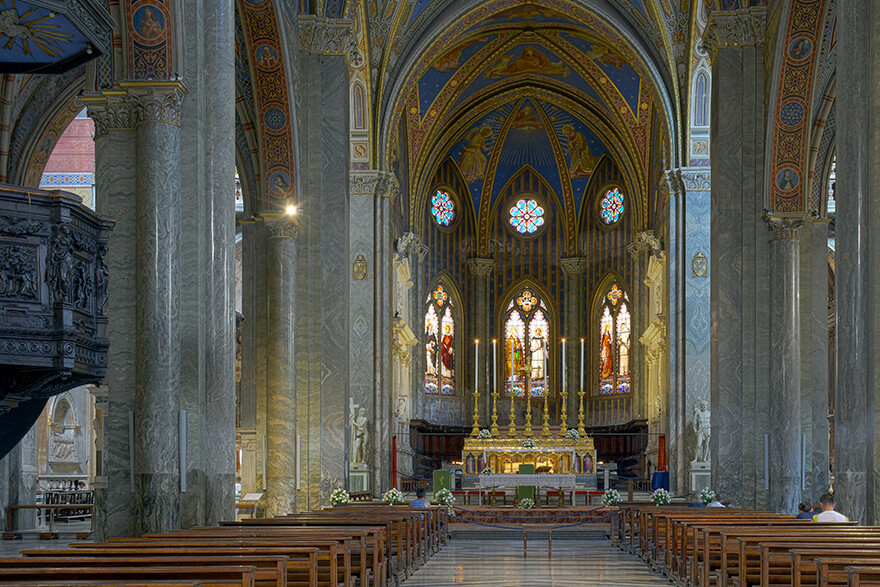“MARIA SOPRA MINERVA” | POSTCARDS FROM ROME EXPERIENCE 2017
Five Highlights (Week of June 11):
Over the weekend, myself and a few companions took a weekend jaunt up to the Tuscan town of Siena. A mediaeval city-state republic of substantial power and influence, today the city is an important tourist destination due to its well-preserved mediaeval buildings and beautifully unique style of art. More importantly, it was also the home of St. Catherine of Siena, whose monastery we visited. There, the crucifix from which she received the stigmata is displayed for veneration, and at a nearby Church one can venerate some of her relics. It was a wonderful trip.
On Thursday, a group of us visited the famous Capuchin monastery in Rome, where the crypt is decorated with the remains of former friars. It is a strange place, to say the least, and represents an example of a form of piety so different from anything seen today. The message, displayed in four languages in the first chapel, is clear. The bones tell us “what you are, we were. What we are, you too shall become.” Memento mori!
On Saturday, we walked about twenty miles to complete a pilgrimage made famous by St. Philip Neri. On this trip, one sees St. Peter’s, St. Mary Major, St. Lawrence outside the walls, Santa Croce, St. John Lateran, St. Sebastian, and St. Paul’s outside the walls. It was a long hike, but well worth it.
Following this trip, my comrades from Cincinnati and I were able to take a tour of the Casa Santa Maria, home of the American priests living in Rome, given by one of the priests of the Archdiocese of Cincinnati studying here. It was a wonderful evening.
On Sunday, we had the great opportunity to assist at Mass with the Holy Father for Corpus Christi, and to walk in procession from St. John Lateran to Santa Maria Maggiore for benediction with the Blessed Sacrament. It was truly a blessing.
Reflection:
One of my favorite places to pray here in the City is Santa Maria sopra Minerva, a Dominican parish rare in the city for its Gothic-style architecture. It’s a dark cavernous Church; I more easily leave behind the trappings of the gaudy world entering there than in the beautiful and ornate baroque Churches so common here. The name is just as important to me as the structure, though. The Church is dedicated to our Lady, the virgin Queen, and is built on top of what was a temple to the virgin goddess Minerva (or Athena, in Greek). Our Lady, seat of wisdom, replaces Athena, false goddess of wisdom. (That later archaeology has unearthed the fact that the temple under the church was actually a shrine to the Egyptian goddess Isis is disappointing, but the name of the Church remains, with all its significance.) One day I went there to pray, directly after visiting a museum full of pagan sculpture. It was an occasion for profound reflection. Rome is a city built on the clash between the Christian and pagan, or as Tertullian would put it, Athens and Jerusalem.
That clash continues. Rome remains very pagan in many ways. The gods that we worship change form, but one constant element remains in them: they are naught but occasions of self-worship. The pagan gods, so it seems, are but projections of human value into a semi-celestial realm. They are the triumph of Greek and Roman communal narcissism. The cult of the self remains strong everywhere, but here it is particularly evident in contrast to the divine worship of the Church. Rome stands as a microcosm of the world, a place of profound spiritual conflict between the City of God and the City of Man. What she was when Augustine coined those terms in the early days of the Church she remains today.
Rome is built on the conflict between the Christian and the pagan. Should this matter in our daily lives? As Plato does in his Republic, we can Rome, a city, as a metaphor for the soul. While the soul may be difficult to examine, the city is outside of us, and thus far more apparent. Rome is an occasion for us all to reflect on what gods we truly serve. All of us, insofar as we are sinners, have our own pantheon of deities that must be overcome. Let us each strive to set up a Maria sopra Minerva in our hearts, walking humbly before the Lord, ever conscious of our faults.
Eddie Hoffman
The Rome Experience Class of 2017
Archdiocese of Cincinnati
Mount St. Mary’s of the West Seminary


